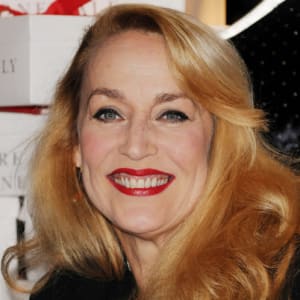
Hans Hofmann
German painter Hans Hofmann was an influential 20th century art teacher whose work paved the way for abstract expressionism.
Synopsis
Born in Weissenberg, Germany, on March 21, 1880, painter Hans Hofmann is regarded today one of the most influential art teachers of the 20th century. His work, which paved the way for abstract expressionism, includes the famous painting "Spring" (1940). Hofmann died on February 17, 1966, in New York City.
Early Life and Career
Born Johann Georg Albert Hofmann in Weissenberg, Bavaria, Germany, on March 21, 1880, Hans Hofmann spent his early years in Munich. After first focusing on math and science, Hofmann discovered a passion for art. He moved to Paris in 1904 with the help of an art patron. There, Hofmann studied at the Académie de la Grande Chaumière and the Académie Colarossi.
Hofmann immersed himself in Paris's thriving art scene, meeting such artists as Pablo Picasso, Henri Matisse and Georges Braque. He also became friends with Robert Delaunay. During this period, the work Hofmann created followed the leading avant-garde movement of the time—cubism. In 1910, Hofmann had his first solo show in Berlin.
Living back in Germany at the start of World War I, Hofmann was excused from military service because of an earlier respiratory condition. Unable to return to France during the war, he opened an art school in Munich in 1915. Over the years, Hofmann earned a stellar reputation as an instructor of art. Worth Ryder, a former student, invited Hofmann to teach in the United States for the summer of 1930. Germany's changing political climate made Hofmann decide to permanently settle in the United States in 1932.
Educator and Artist
Hofmann based himself in New York City, where he worked as an instructor at the Art Students League before establishing his own school in the city. In 1934, Hofmann began a summer program in Provincetown, Massachusetts. In addition to teaching, Hofmann also continued to make his own art, producing "Spring"—a notable work that was created by dripping and splashing paint onto a canvas—in 1940.
Becoming known for his abstract paintings, Hofmann landed a solo exhibition at Peggy Guggenheim's Art of This Century gallery in 1944. In 1957, his work was the subject of a retrospective showing at New York's Whitney Museum of American Art. The next year, Hofmann retired from teaching in order to focus on creating art.
Hofmann was selected to represent the United States at the Venice Biennale in 1960, alongside Philip Guston, Franz Kline and Theodore Roszak. By then, he was considered a leading abstract expressionist who created vivid and inventive paintings. In 1963, the Museum of Modern Art mounted a major exhibition of his work.
Personal Life
Hofmann became an American citizen in 1941. His first wife, Maria "Miz" Wolfegg, whom he had married in 1924, passed away in 1963. Two years later, Hofmann married Renate Schmitz, who served as a muse for many of his final works. At the age of 85, Hofmann died on February 17, 1966, at his New York City home.




